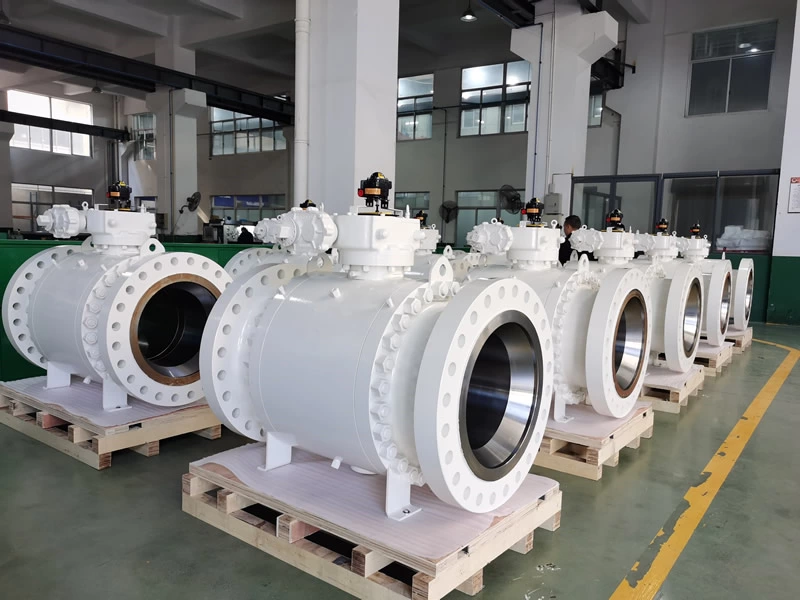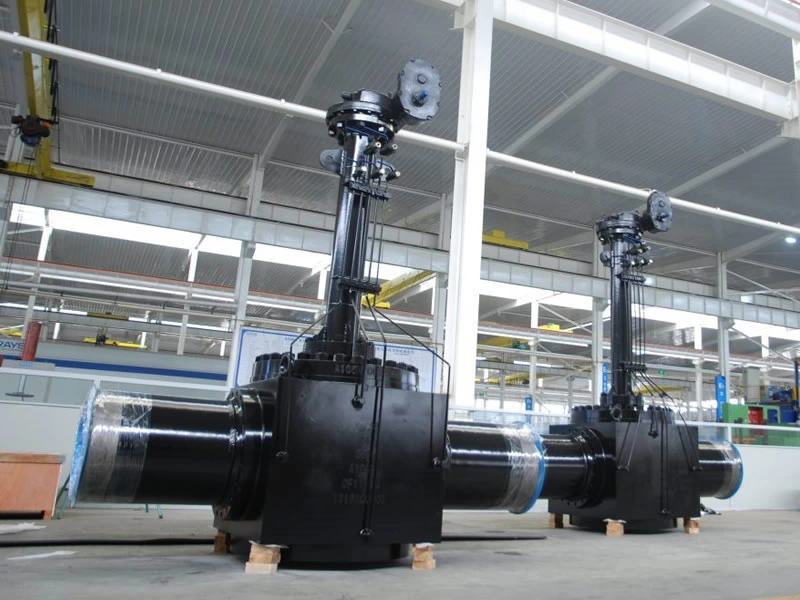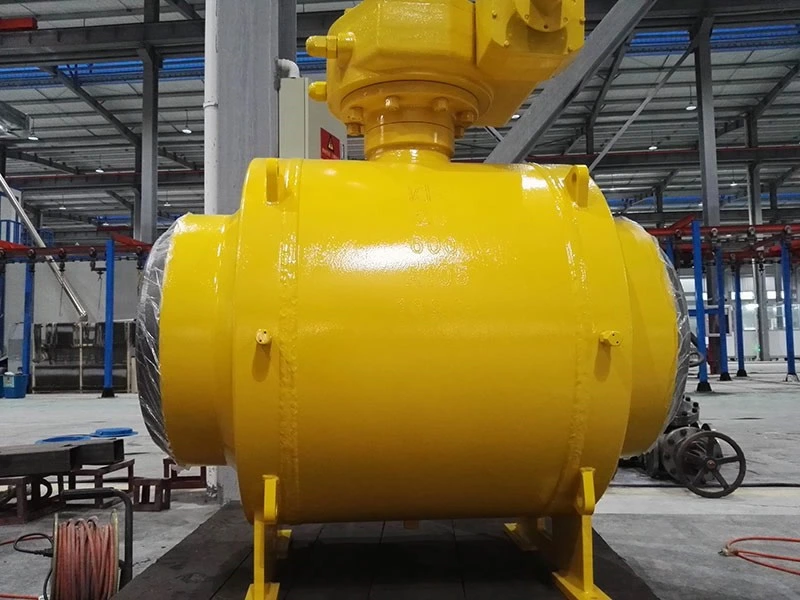Cryogenic Ball Valve
Cryogenic ball valves are manufactured for extremely low temperature and cryogenic applications. Valves are designed with an integral bonnet extension which prevents cryogenic liquids from reaching the stem packing by enabling the liquids to boil and convert to gas. This minimizes the energy loss along the extension and protects the valve from malfunctioning. The structural integrity of the valve reduces any thermal deformation of internal components caused by temperature variance to a minimum, ensuring the highest level of performance for tight shut-off in critical LNG fields.
- Design Standard
- Based on BS 6364, MESC 77/200, ISO 28921‐1 and customer requirements
- Temperature Range
- -320 to 212°F (-196 to 120°C)
- Size
- NPS 1-30 (DN 25-750)
- Pressure Rating
- ASME 150 - ASME 900
- End Connections
- RF, RTJ as per B16.5 &B16.47 BW, Butt Welded as per B16.25
VALVE DESIGN
Based on BS 6364, MESC 77/200, ISO 28921‐1 and customer requirements
TEMPERATURE RANGE
-320 to 212°F (-196 to 120°C)
SIZE
NPS 1-30 (DN 25-750)
PRESSURE RATING
ASME 150 - ASME 900
FACE-TO-FACE
As per API 6D standard
END CONNECTIONS
RF, RTJ as per B16.5 &B16.47
BW, Butt Welded as per B16.25
MATERIALS
Low-Temperature Carbon Steel,Stainless Steel, Duplex, Super Duplex, Inconel.
BODY DESIGN
Forged bolted two-piece and three-piece
SEAT DESIGN
Soft or metal seated with hard facing on ball and seats
Seat design to avoid trapped fluid in body cavity
FEATURES
Secondary seals in pure Graphite
Anti-static device
Anti-blowout stem
Lip seal configuration
Low fugitive emission stem packing available
Extended bonnet for low and cryogenic service
OPERATOR
Manual: wrench or gear with padlocking
Actuated: Pneumatic/ Hydraulic/Electric
TESTING & CERTIFICATIONS
Compliance with BS 6364, MESC 77/200, ISO 28921‐1 inspection and testing
Fire safe and fire tested as per API 6FA/607
SIL 3 Certification as per IEC61508
Fugitive Emission as per ISO15848
PED 2014/68/UE

















